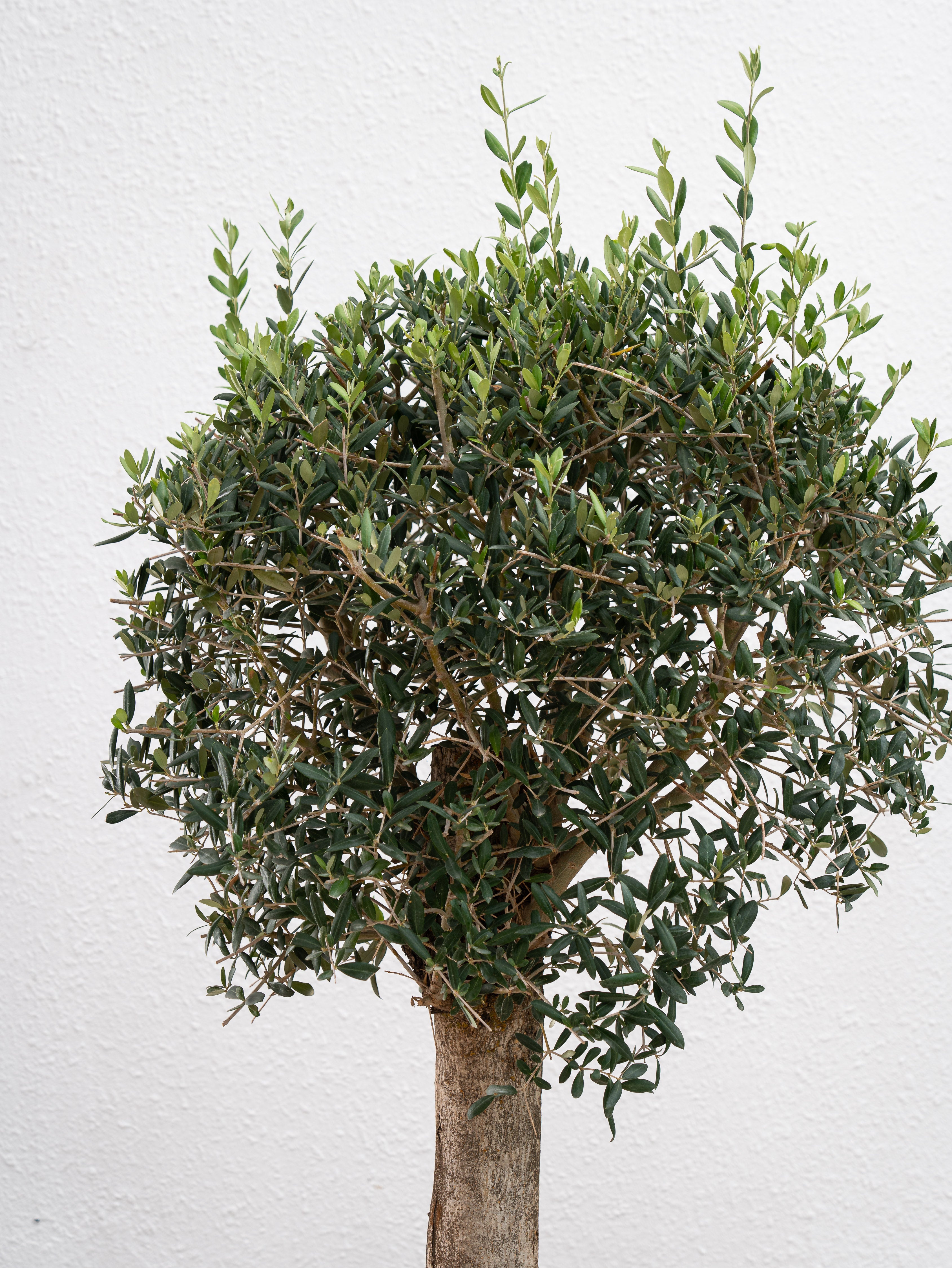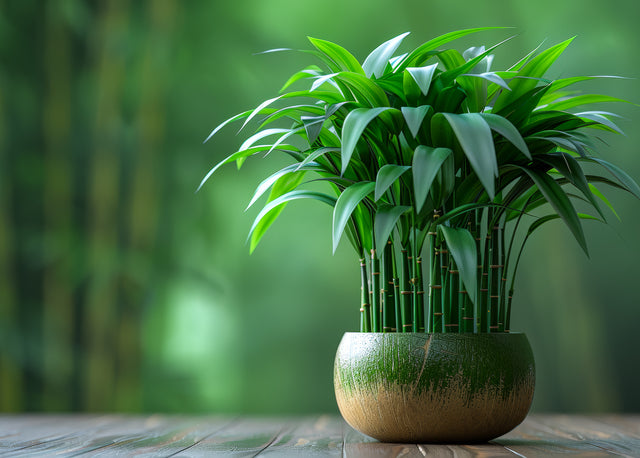Winter brings a unique set of challenges for indoor plant enthusiasts. As temperatures drop and daylight hours shorten, maintaining the health and vibrancy of your beloved plants requires careful planning and attention. Creating a winter indoor plant care schedule not only helps you stay organized but also ensures your plants thrive throughout the colder months. This comprehensive guide will walk you through essential steps and tips to keep your indoor garden lush and healthy all winter long.

Indoor plants not only enhance the aesthetic appeal of your home but also improve air quality and boost your mood. However, winter poses specific challenges that can affect their growth and overall health. Creating a winter indoor plant care schedule is crucial to address these challenges systematically. By staying organized and following a structured routine, you can ensure your plants remain vibrant and healthy throughout the winter months.
Also Read- 6 Cool Tips To Keep Indoor Plants Fresh And Green In Winters
Assessing Your Plants' Needs
Before diving into winter care, it's essential to understand the specific needs of each plant in your indoor garden.
Identify Plant Species
Different plants have varying requirements. Categorize your plants based on their species to tailor your care routine effectively. For instance:
- Succulents and Cacti: Require less water and more sunlight.
- Ferns and Tropical Plants: Need higher humidity and consistent moisture.
- Flowering Plants: May have specific light and fertilizing needs to bloom.
Check Plant Health
Assess the current health of your plants. Look for signs of stress such as:
- Yellowing Leaves: May indicate overwatering or nutrient deficiencies.
- Wilting Stems: Could be a sign of underwatering.
- Pest Infestations: Look for spots, webs, or visible insects.
Address any health issues before the onset of winter to prevent further complications.
Also Read- Common Indoor Plant Pests And How To Control Them Naturally
Adjusting Watering Routines

Watering is a critical aspect of plant care, especially during winter when plant growth slows down.
Reduce Watering Frequency
Most indoor plants require less water in winter due to reduced evaporation and slower growth rates. Overwatering can lead to root rot and other fungal issues.
- Watering Schedule: Decrease watering frequency by about 25-50% compared to summer.
- Soil Moisture: Check the top inch of soil before watering. If it's dry, it's time to water.
Use the Right Water
- Room Temperature Water: Avoid using cold water as it can shock the plant's roots.
- Filtered or Distilled Water: Reduces the risk of mineral buildup, especially for plants sensitive to chemicals like chlorine.
Also Read- How To Use Indoor Plants To Create A Zen Space In Your Home
Lighting Considerations

Adequate lighting is vital for photosynthesis and overall plant health.
Maximize Natural Light
Winter days are shorter, and light intensity is lower. Position your plants near windows that receive ample indirect sunlight.
- East or West-Facing Windows: Provide bright, indirect light.
- North-Facing Windows: May require supplemental lighting due to limited natural light.
Supplemental Lighting
If natural light is insufficient, consider using grow lights to ensure your plants receive the necessary light spectrum.
- LED Grow Lights: Energy-efficient and effective for most indoor plants.
- Duration: Provide 12-14 hours of light daily to compensate for shorter daylight hours.
Also Read- 5 Easiest Indoor Plants To Maintain With Minimal Attention
Temperature and Humidity Control

Maintaining optimal temperature and humidity levels is crucial for indoor plants during winter.
Maintain Consistent Temperatures
Most indoor plants thrive in temperatures between 65°F to 75°F (18°C to 24°C).
- Avoid Cold Drafts: Keep plants away from doors, windows, and heating vents that can create temperature fluctuations.
- Stable Environment: Sudden temperature changes can stress plants, leading to poor growth and increased susceptibility to pests.
Increase Humidity
Winter air tends to be dry, which can adversely affect tropical and moisture-loving plants.
- Use a Humidifier: Maintains consistent humidity levels around your plants.
- Pebble Trays: Place pots on trays filled with pebbles and water to increase local humidity through evaporation.
- Misting: Lightly mist leaves daily to boost humidity, especially for ferns and other tropical plants.
Fertilizing During Winter

Proper nutrition supports plant health and growth. However, winter requires a different approach to fertilizing.
Reduce Fertilizer Frequency
- Monthly Feeding: Most plants benefit from fertilizing once a month during winter, as their growth rate slows.
- Diluted Fertilizer: Use a balanced, water-soluble fertilizer diluted to half the recommended strength to prevent nutrient burn.
Choose the Right Fertilizer
- Balanced Fertilizers: Ensure plants receive essential nutrients without overloading them.
- Organic Options: Consider using organic fertilizers like fish emulsion or compost tea for a natural nutrient boost.
Also Read- Indoor Plants With Beautiful Foliage: Leaf Patterns and Colors
Pruning and Maintenance
Regular maintenance keeps your plants healthy and encourages new growth.
Pruning Practices
- Remove Dead or Yellowing Leaves: Prevents decay and allows the plant to focus energy on healthy growth.
- Trim Overgrown Stems: Maintains the plant’s shape and prevents it from becoming leggy.
Cleaning the Plant
- Wipe Leaves: Dust can block sunlight and hinder photosynthesis. Gently wipe leaves with a damp cloth.
- Inspect for Pests: Regularly check for signs of pests and address them promptly to prevent infestations.
Pest Control
Winter can sometimes make plants more susceptible to pests due to the stress caused by environmental changes.
Common Winter Pests
- Spider Mites: Thrive in dry conditions, causing stippling on leaves.
- Aphids: Small insects that suck sap from plants, leading to weakened growth.
- Mealybugs: White, cotton-like pests that feed on plant juices.
Natural Remedies
- Neem Oil: An effective natural pesticide that can be sprayed on affected areas.
- Insecticidal Soap: Helps eliminate soft-bodied pests without harming the plant.
- Isolation: Keep new plants separate until you’re sure they’re pest-free.
Creating a Winter Care Schedule

A structured schedule ensures that you don’t miss any critical care steps for your indoor plants.
Weekly Tasks
- Check Soil Moisture: Test the top inch of soil and water if dry.
- Inspect for Pests: Look for signs of infestations and treat if necessary.
- Clean Leaves: Wipe down leaves to remove dust and improve light absorption.
Monthly Tasks
- Fertilize: Apply a diluted fertilizer to support plant health.
- Repotting (if needed): Address root-bound plants or refresh soil during the winter break.
Seasonal Tasks
- Rotate Plants: Change the position of your plants every week to ensure even light exposure.
- Deep Clean: Perform a thorough cleaning of all plants to remove accumulated dust and debris.
Tools and Resources for Plant Care
Having the right tools makes winter plant care easier and more effective.
Essential Tools
- Watering Can: Preferably with a narrow spout for precise watering.
- Pruning Shears: For trimming dead or overgrown stems.
- Humidifier: To maintain optimal humidity levels.
- Grow Lights: Supplemental lighting to ensure adequate light exposure.
- Moisture Meter: Helps accurately assess soil moisture levels.
Helpful Resources
- Plant Care Apps: Use apps like Planta or Gardenia to set reminders and track your plant care routine.
- Books and Guides: Invest in comprehensive plant care books for in-depth knowledge and troubleshooting tips.
- Online Communities: Join forums and social media groups to share experiences and gain insights from other plant enthusiasts.
Conclusion
Creating winter indoor plants care schedule is essential to ensure your plants remain healthy and thriving during the colder months. By assessing your plants' specific needs, adjusting your watering and lighting routines, maintaining optimal temperature and humidity, and staying vigilant against pests, you can provide the best care possible. Incorporate regular pruning, fertilizing, and thorough monitoring into your schedule to address any issues promptly and keep your indoor garden lush and vibrant all winter long.













Leave a comment
This site is protected by hCaptcha and the hCaptcha Privacy Policy and Terms of Service apply.